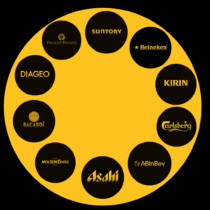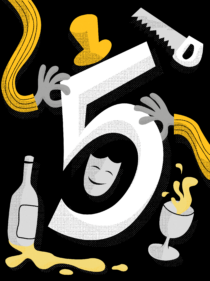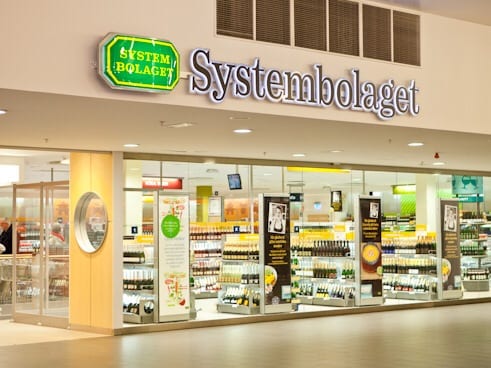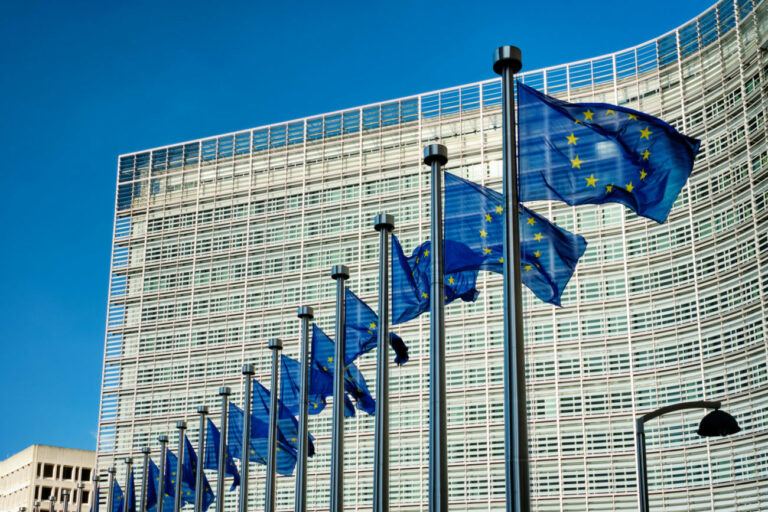
BIG alcohol exposed

ALCOHOL INDUSTRY
Who is the alcohol industry? Who are the actors that make up Big Alcohol? We are mapping the alcohol industry and revealing the fundamental conflict between the private profit interests of the alcohol industry and the people’s interest in thriving communities and healthier societies.
Read more
COMPANY PROFILES
Look behind the carefully crafted image of the major alcohol companies. Who are they really and how do they really operate? Dive deep into continuously updated profiles of the major alcohol producers and their front groups and see in detail and with examples from around the world how each of them operates to maximize profits.
Read more
THE DUBIOUS FIVE
Exposing alcohol industry strategies is the key step towards countering them. The DUBIOUS FIVE outlines the five key ways the alcohol industry sabotages, manipulates, deceives, normalzies and promotes alcohol, and undermines policies that reduce alcohol use and save lives.
The dubious five
TAKE ACTION – EXPOSE BIG ALCOHOL
Join people around the world who reveal the predatory practices of the alcohol industry. Share cases from your country or community! Aggressive lobbying, unethical marketing, sabotaging of rules and institutions – together we document and expose how Big Alcohol is causing harm.
Share casePREDATORY PRACTICES CAUSE MASSIVE HARM
LATEST CASES OF UNETHICAL PRACTICES

Disaster Looming: Swedish Government Readies Plans to Disband World-Class Alcohol Policy System
The Swedish government is currently in the process of implementing a new policy that will contribute towards effectively dismantling the …
 Diageo
Diageo Dom Pérignon – Diageo venture fined in France for celebrity alcohol promotions
A Moët Hennessy Louis Vuitton (LVMH) and Diageo joint venture has been fined in France for a celebrity-driven alcohol marketing campaigns …

Belgium Health Minister Calls for More Alcohol Policy Action in Europe
Speaking at a high-level conference of the EU Presidency, the Belgium Minister of Health Frank Vandenbroucke emphasized the need for policy …
Counter-act big alcohol
Help us expose and counter-act the alcohol industry’s misconduct and see how you can take action.
Take action with us and join people around the world who want to hold Big Alcohol accountable. Together we take actions to expose the greed and ruthlessness of alcohol companies and their front groups. Together we campaign to stop the alcohol industry from harming people and communities. Together we launch initiatives to hold Big Alcohol accountable for their predatory practices. Together we demand change and make it happen.
